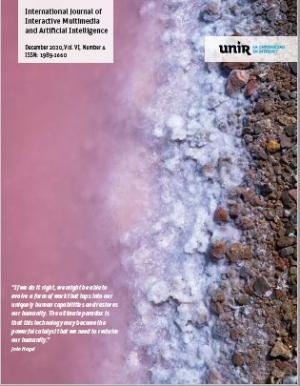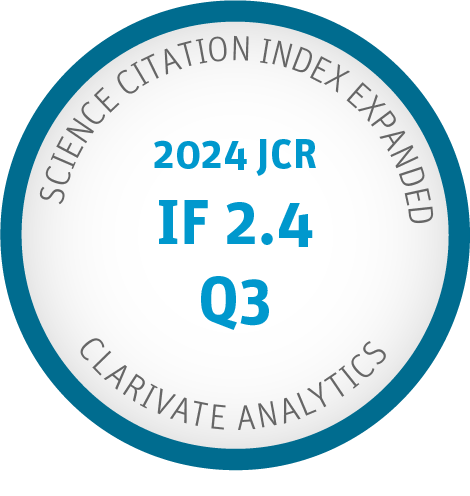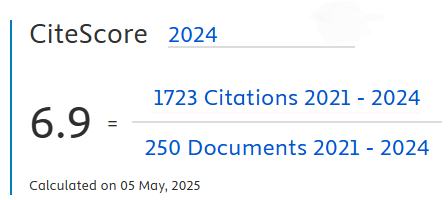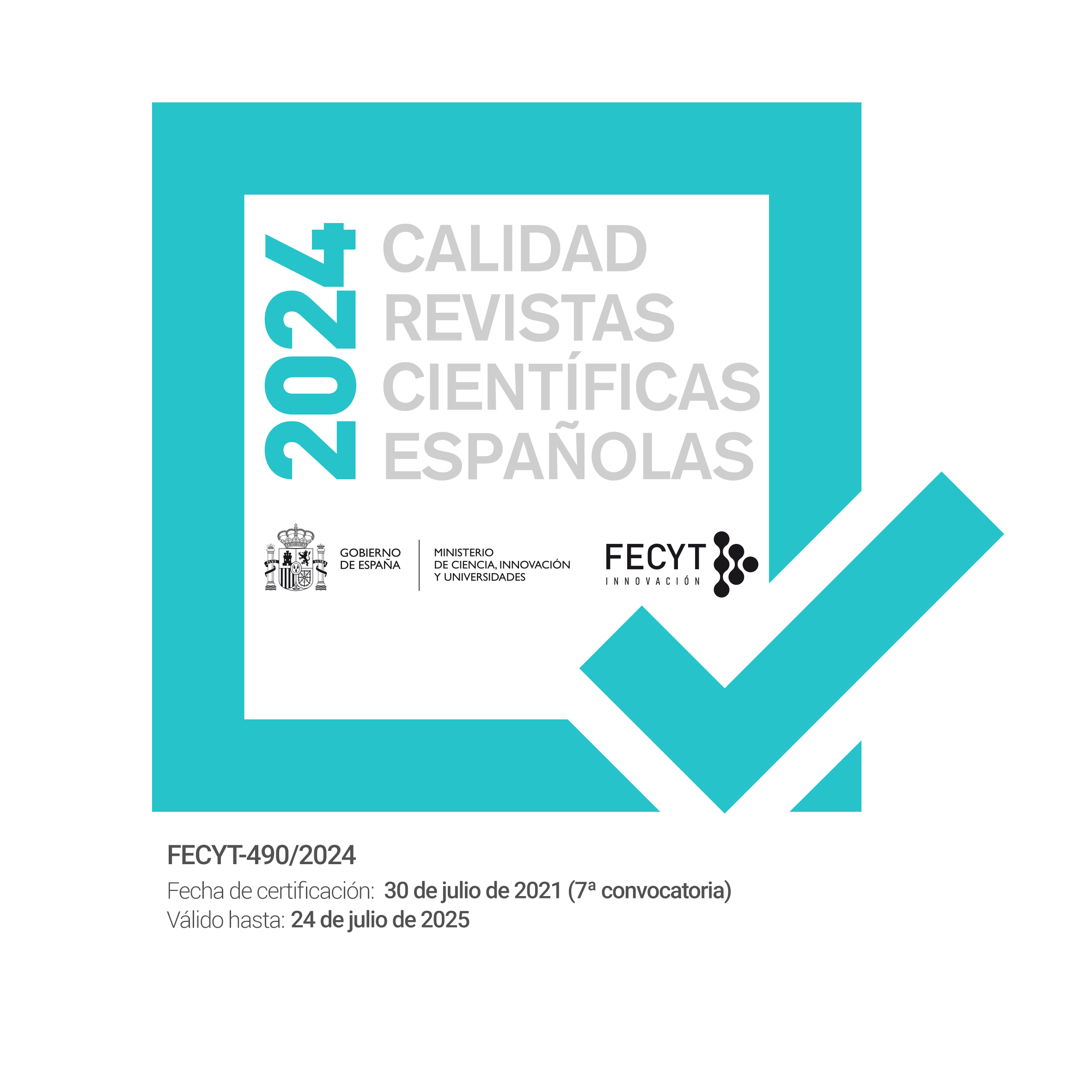A Feature Extraction Method Based on Feature Fusion and its Application in the Text-Driven Failure Diagnosis Field.
DOI:
https://doi.org/10.9781/ijimai.2020.11.006Keywords:
Feature Extraction, Feature Fusion, Text Mining, Failure DiagnosisAbstract
As a basic task in NLP (Natural Language Processing), feature extraction directly determines the quality of text clustering and text classification. However, the commonly used TF-IDF (Term Frequency & Inverse Document Frequency) and LDA (Latent Dirichlet Allocation) text feature extraction methods have shortcomings in not considering the text’s context and blindness to the topic of the corpus. This study builds a feature extraction algorithm and application scenarios in the field of failure diagnosis. A text-driven failure diagnosis model is designed to classify and automatically judge which failure mode the failure described in the text belongs to once a failure-description text is entered. To verify the effectiveness of the proposed feature extraction algorithm and failure diagnosis model, a long-term accumulated failure description text of an aircraft maintenance and support system was used as a subject to conduct an empirical study. The final experimental results also show that the proposed feature extraction method can effectively improve the effect of clustering, and the proposed failure diagnosis model achieves high accuracies and low false alarm rates.
Downloads
Downloads
Published
-
Abstract159
-
PDF18









